Retro tile kitchen countertops are making a comeback, offering a nostalgic yet functional way to add personality and charm to a kitchen. This design choice, once popular in mid-century homes, has reemerged due to its unique blend of durability, versatility, and aesthetic appeal. Retro tiles bring a vibrant, playful feel to the space, offering endless color and pattern options. Whether you’re aiming for a vintage, eclectic, or modern retro look, these countertops can serve as a focal point in your kitchen, making the space feel more personal and unique. However, as with any design choice, there are important considerations to keep in mind, from material selection to maintenance needs.
The first thing to consider when opting for retro tile kitchen countertops is the material of the tiles themselves. Ceramic tiles are the most common choice, as they are durable, affordable, and come in a wide range of colors and patterns. Glazed ceramic tiles are particularly popular for countertops because they are resistant to stains and easy to clean. Porcelain tiles are another option that offers greater durability and is less porous than ceramic, making them ideal for high-traffic kitchens. While they are more expensive, porcelain tiles are worth the investment for their longevity and resistance to moisture and wear. For a more luxurious feel, natural stone tiles such as marble or travertine can be used, but they require more maintenance and care to avoid staining or scratching.

The size of the tiles is also an important factor. Retro tile countertops typically feature smaller tiles, such as 4×4 inches or even mosaic tiles, which give the countertop a more traditional and detailed look. Larger tiles can also be used for a modern take on the retro style, reducing the amount of grout lines and making the countertop easier to clean. However, the smaller, classic tiles offer more design flexibility, allowing for intricate patterns, color combinations, and even borders or accents that add character to the kitchen. The choice between small and large tiles depends on both practical considerations and the overall aesthetic you want to achieve.
Color is perhaps the most defining aspect of retro tile kitchen countertops. Bright, bold colors like turquoise, yellow, pink, and red were popular in mid-century kitchens and can bring a joyful, lively atmosphere to your home. For those seeking a more subdued retro look, pastel tones like mint green or soft blue are classic choices that evoke a vintage feel without being overwhelming. You can also mix and match colors, creating checkerboard patterns, stripes, or other geometric designs that reflect the playful spirit of retro design. Choosing the right color palette is crucial, as it will set the tone for the entire kitchen and should complement other elements such as cabinetry, flooring, and appliances.
:max_bytes(150000):strip_icc()/WShingle_Kitchen-5babf713c9e77c0025b15cb8.jpg)
Patterns play a huge role in defining retro tile countertops. Checkerboard patterns are among the most iconic and instantly recognizable designs from the mid-century era. Geometric patterns, with alternating colors or shapes, are another way to introduce a bold retro vibe to your kitchen. Subway tiles, while often associated with more modern or industrial designs, can also be used in a retro context, particularly when combined with colorful grout. For a more eclectic look, you can incorporate different tile shapes, such as hexagons or diamonds, to create a unique pattern that stands out. The key is to strike a balance between style and functionality, ensuring the design adds visual interest without becoming too busy or distracting.
Grout is often an overlooked element of retro tile countertops, but it plays an essential role in both the design and maintenance of the surface. Colored grout can accentuate the tile pattern and add an extra layer of design. For example, pairing white tiles with black grout creates a classic contrast that highlights the retro feel, while matching grout to the tile color can make the countertop look more seamless. However, it’s important to choose a high-quality, stain-resistant grout, as countertops are prone to spills and stains. Epoxy grout is a great option for retro tile countertops, as it is highly durable and resistant to moisture, stains, and cracking, though it is more difficult to apply than traditional grout.

Durability is another key advantage of retro tile countertops. Ceramic and porcelain tiles are incredibly tough and can withstand the daily wear and tear of a busy kitchen. They are resistant to heat, so you can place hot pots and pans directly on the countertop without worrying about damage. However, the tiles can crack or chip if heavy objects are dropped on them, so care must be taken. Additionally, while the tiles themselves are easy to clean, the grout lines can become a magnet for dirt and stains, requiring regular maintenance. Despite these challenges, tile countertops are known for their longevity and can last for decades with proper care.
One of the most appealing aspects of retro tile countertops is their versatility in style. They can be incorporated into a variety of kitchen designs, from mid-century modern to farmhouse or even contemporary styles with a retro twist. The key is to balance the retro elements with modern conveniences and design features. For example, pairing bold retro tiles with sleek, modern appliances creates a dynamic contrast that keeps the kitchen feeling fresh and updated. Alternatively, vintage-inspired appliances, such as pastel-colored refrigerators or stoves, can enhance the nostalgic vibe of the space, creating a cohesive retro look.
Retro tile countertops are also relatively affordable compared to other countertop materials like quartz or granite. Ceramic and porcelain tiles are available at a wide range of price points, making it easy to find options that fit your budget. While installation costs can vary depending on the complexity of the design and the condition of the existing countertop, tile countertops generally offer a cost-effective way to achieve a custom look without breaking the bank. However, it’s important to factor in the cost of grout and sealant, as well as the potential need for professional installation, especially if you’re working with intricate patterns or delicate materials.

Maintenance is an important consideration when choosing retro tile countertops. While the tiles themselves are easy to clean with soap and water, the grout lines require more attention to prevent stains and mildew buildup. Regular sealing of the grout is necessary to maintain its appearance and protect it from moisture. Natural stone tiles, such as marble or travertine, require even more care, as they are porous and prone to staining if not properly sealed. Despite the extra maintenance, many homeowners find that the aesthetic appeal of retro tile countertops outweighs the additional upkeep.
If you’re considering DIY installation, retro tile countertops can be a rewarding project, but it’s important to understand the challenges involved. Cutting tiles to fit the countertop area, especially around corners and edges, requires precision and the right tools. Additionally, applying grout evenly and ensuring the tiles are level can be tricky for beginners. However, with careful planning and patience, it’s possible to achieve professional-looking results. DIY installation can also save on labor costs, making retro tile countertops an even more budget-friendly option.
Sustainability is another advantage of retro tile countertops, particularly when using ceramic or porcelain tiles made from natural materials. Tiles are recyclable and environmentally friendly compared to materials like laminate or synthetic solid surfaces. Additionally, because tile countertops are durable and long-lasting, they reduce the need for frequent replacements, making them a more sustainable choice in the long run. If environmental impact is a concern, look for tiles made from recycled materials or manufacturers that prioritize eco-friendly production practices.
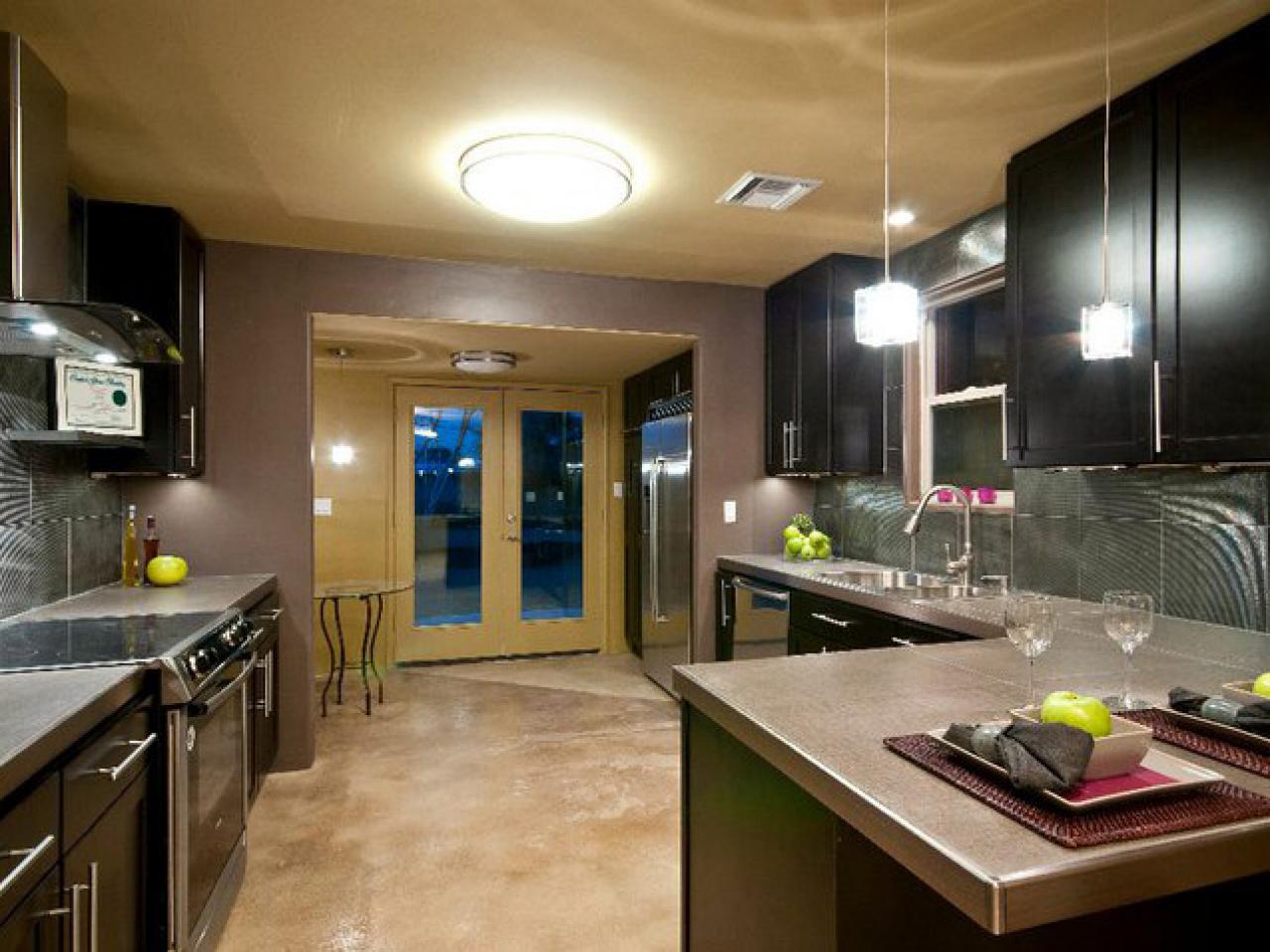
Customization is one of the biggest draws of retro tile countertops. With the wide variety of colors, patterns, and shapes available, you can create a truly one-of-a-kind countertop. Whether you want a simple monochromatic design or an intricate mosaic pattern, retro tiles offer endless possibilities for personalization. This level of customization allows you to express your unique style and create a kitchen that reflects your personality and taste.
One thing to keep in mind when choosing retro tile countertops is that they may not appeal to everyone. While they offer a distinctive and eye-catching look, they can be polarizing, particularly for those who prefer more modern or minimalist designs. If you’re planning to sell your home in the future, it’s worth considering whether retro tile countertops will enhance or detract from the overall appeal of your kitchen to potential buyers. That said, for homeowners who love the charm and character of retro design, tile countertops can be a standout feature that adds value and uniqueness to the home.
Last, retro tile countertops are a great way to incorporate history and nostalgia into your kitchen. They evoke a sense of warmth and familiarity, harking back to a time when kitchens were the heart of the home. Whether you grew up with retro tiles in your childhood kitchen or simply appreciate the timeless appeal of mid-century design, tile countertops offer a way to bring that sense of nostalgia into the present. By combining vintage aesthetics with modern functionality, retro tile countertops can create a kitchen that is both practical and full of character.

Common Mistakes to Avoid
A common mistake with retro tile countertops is choosing tiles that are too porous for kitchen use, leading to staining and damage over time. Always opt for glazed or non-porous tiles for the countertop surface.
Another frequent error is neglecting to properly seal the grout. Without sealing, grout is prone to staining and can harbor bacteria. It’s also important to ensure that the countertop surface is level before installation; uneven surfaces can result in poorly installed tiles and visible flaws.
Another mistake is underestimating the complexity of DIY installation—working with tiles, especially in intricate patterns, requires patience and precision, so it’s worth considering professional help if you’re inexperienced. Lastly, don’t overlook the importance of choosing the right grout color. Grout that contrasts too sharply with the tiles can make the design look busy and disjointed.

Are retro tile kitchen countertops durable?
Yes, retro tile countertops are durable, especially when using materials like ceramic or porcelain. These tiles are resistant to heat, moisture, and general wear and tear, making them ideal for kitchen use. However, care must be taken with grout lines, which can stain if not properly sealed, and tiles may crack or chip if heavy objects are dropped on them. Regular maintenance, including sealing the grout, ensures their longevity.
What is the best material for retro tile countertops?
Ceramic and porcelain are the most popular materials for retro tile countertops due to their durability, affordability, and wide range of color and pattern options. Porcelain is less porous than ceramic, making it more resistant to moisture and stains, though it tends to be more expensive. Natural stone tiles like marble or travertine offer a more luxurious feel but require more maintenance and care to avoid damage.
How do I maintain retro tile countertops?
Maintaining retro tile countertops involves regular cleaning with mild soap and water to avoid scratching the surface. The grout requires more attention, as it can stain easily. Sealing the grout periodically helps protect it from moisture and stains. For natural stone tiles, additional sealing is needed to prevent staining. Avoid using harsh chemicals or abrasive cleaners on the tiles to prevent damage.
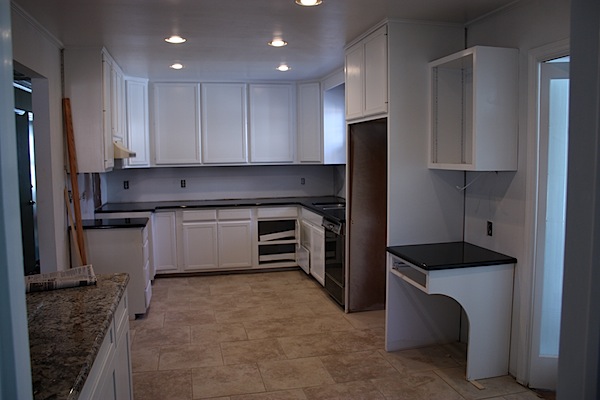
Can I install retro tile countertops myself?
DIY installation is possible but can be challenging, especially for beginners. Cutting tiles to fit around edges and applying grout evenly requires precision and the right tools. If you’re confident in your skills, DIY installation can save labor costs, but professional installation is recommended for more complex designs or if you lack experience working with tiles. Poor installation can lead to uneven surfaces, cracks, and other long-term issues.
What colors work best for retro tile countertops?
Bold colors like turquoise, red, yellow, and pink are classic choices for retro tile countertops, reflecting the vibrant aesthetic of mid-century kitchens. Pastels like mint green and soft blue also work well for a more subdued retro feel. You can mix and match colors to create patterns, such as checkerboard or geometric designs, adding a playful, vintage vibe to your kitchen. The choice of color should complement your kitchen’s overall design and color scheme.
Are retro tile countertops expensive?
Retro tile countertops are relatively affordable compared to other materials like quartz or granite. Ceramic and porcelain tiles are available at various price points, making it easy to find options that fit your budget. However, costs can rise depending on the complexity of the design and the condition of the existing countertop. Additionally, if you opt for professional installation or use more expensive materials like natural stone, the cost will increase.

Gorgeous Blue Kitchen Decor Ideas
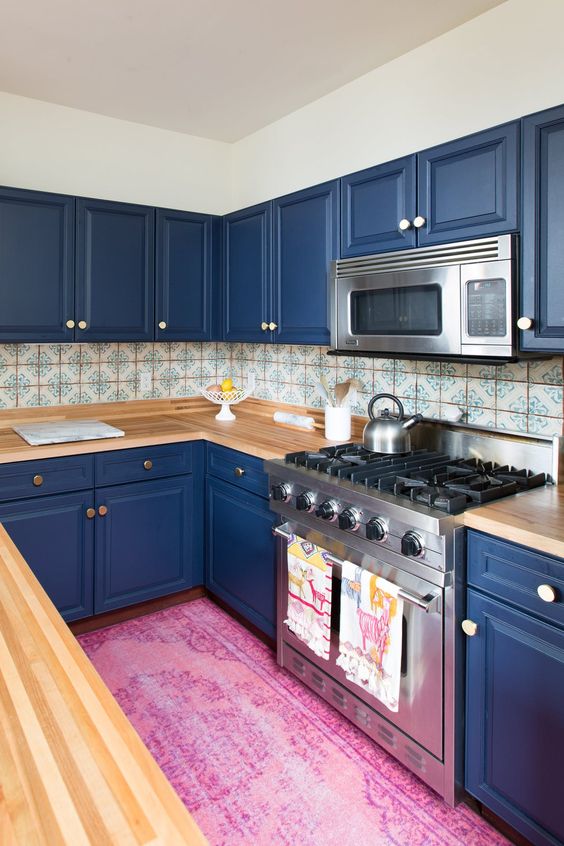
Our almost finished kitchen (w/ tile countertops!).
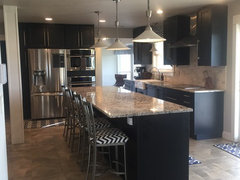
Kitchen Trends Introduced in the 1950s
30 Timeless And Chic Glossy Tile Decor Ideas – DigsDigs
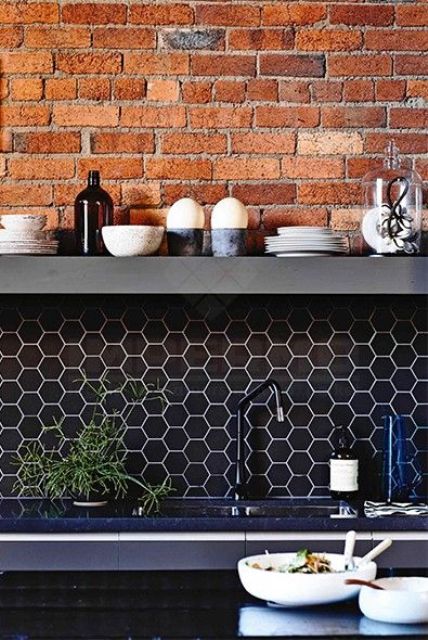
Related Posts:
- Kitchen Ideas With White Cabinets And Black Countertops
- Pewter Kitchen Countertops
- Change Kitchen Countertop Color
- Dark Kitchen Cabinets White Countertops
- Affordable Kitchen Countertop Ideas
- Installing Kitchen Cabinets And Countertops
- Rental Kitchen Countertops
- Pictures Of Kitchen Backsplashes With Granite Countertops
- Kitchen Countertops Ideas
- Bedrock Creations Kitchen In A Box Granite Countertops